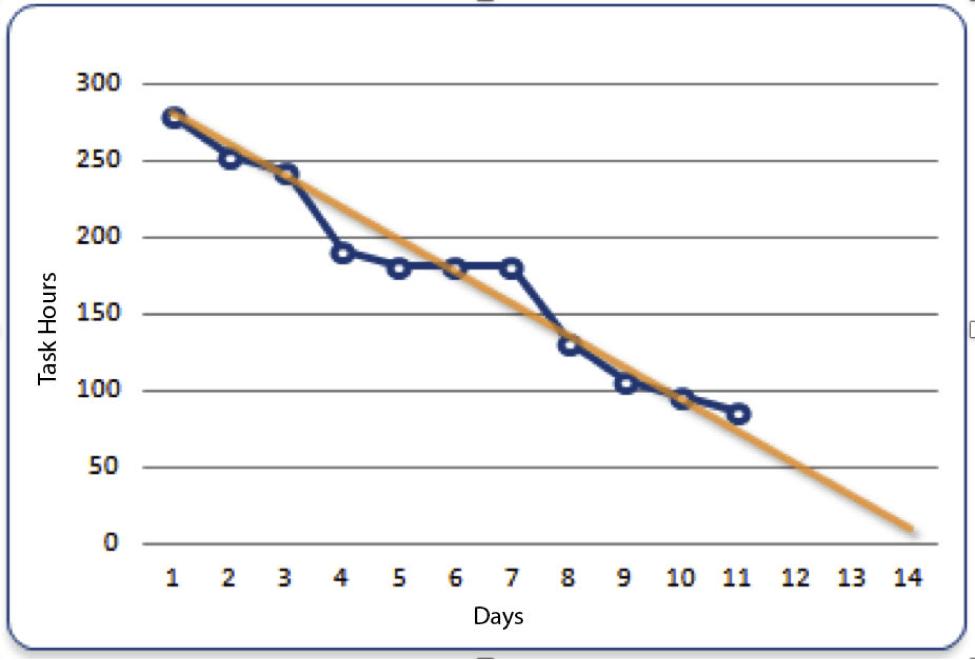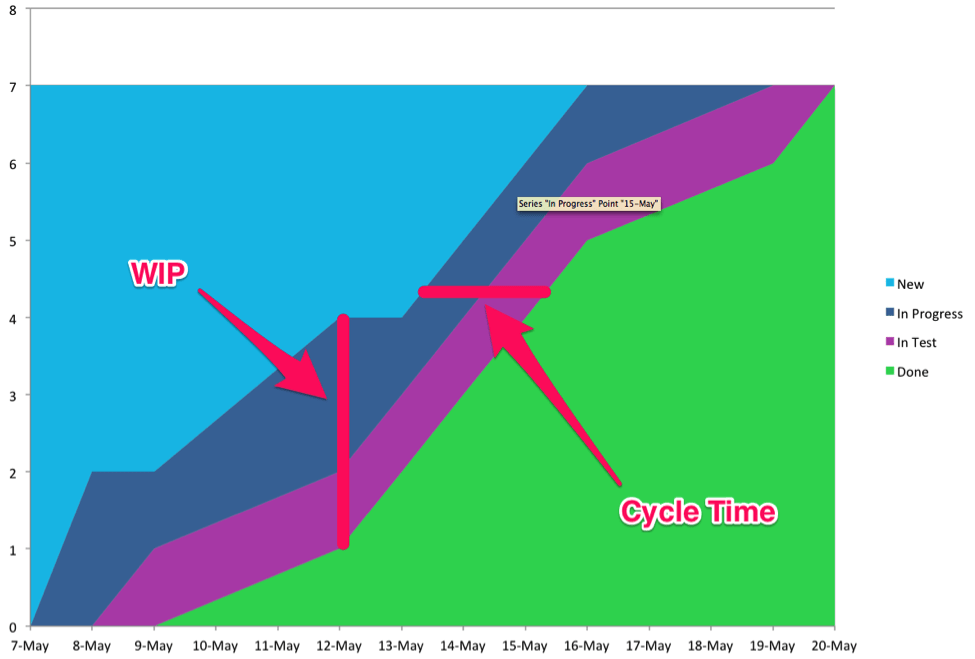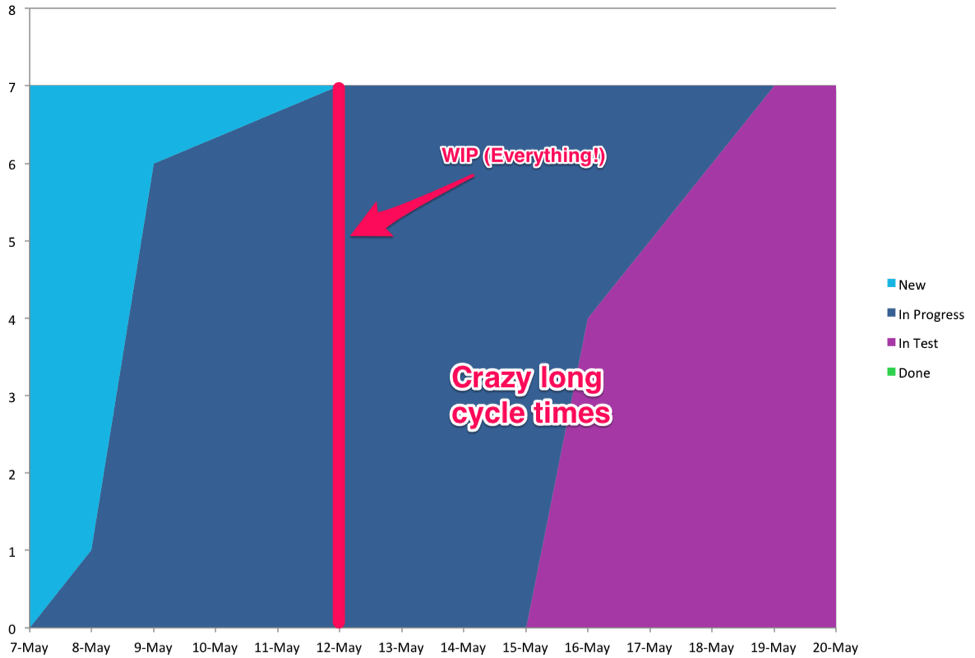The Power of Focus
It is fascinating to me how much work in progress most organizations have, how little they are able to accomplish, and the levels of stress that exists in these organizations. It is also fascinating to hear the responses you get when a suggestion to limit work in progress – “we can’t do less, we have to do all that has been asked, we can’t just work on one thing…”
Before I joined LeadingAgile, the business unit I worked in went through a program called the 4 Disciplines of Execution. At the core of this program was the need for an organization to focus. A compelling statistic from this program showed that organizations that focus on one goal for the year accomplish the goal. They are also able to accomplish their goals if two goals are focused on. Once an organization had three main goals for the year, the success of completion dropped to zero percent, zero.
The power of a few clear goals at the organization level is one in which there is alignment and a relentless focus on accomplishing those goals. We can also extend this concept to all levels of an organization. When we implement a tiered model for delivering value in the organizations that LeadingAgile works with, we use lean concepts to model flow and limit work in progress. Limiting work in progress creates organizational focus. A common refrain when we work with client is “focus on finishing work, not starting work.”
Taking this concept down to the delivery team, it is common, with new teams, that they are working very hard to complete their sprint commitments and some of their metrics indicate they are making great progress in getting their work done. But, teams can do this and still not deliver anything of value. Let’s look at an example of how this might happen.
A dashboard that many delivery teams use to determine if they are on track for completing their sprint commitments is the sprint burndown. When this is used to model the completion of story tasks you may see something like this:

This looks good! Right? The problem is that this doesn’t paint a full picture. Are we focusing on finishing work or starting work?
The other dashboard I encourage teams to use, especially new teams, is the cumulative flow diagram. I’m not going to dive deeply into the characteristics of this dashboard but I will focus on how this can be used to determine if we are focused on finishing. The CFD will show us the state of backlog items within the sprint. Not started (ready), in progress, in testing, done, accepted, etc. If we are focused on finishing then we want to limit the number of backlog items being worked on so we can get them finished as quickly as possible.
The following diagram is a situation where the teams are focusing on finishing work. The bands are narrow and things are moving from new to in-progress, to in-test, to done quickly. This is what we want to see:

Let’s take a look at a real burn down of a new delivery team. How can this team focus on finishing?

Uh oh! It is clear from this chart that the team quickly has all backlog items in progress within days of the sprint starting. The few developers on this team are working on all of the stories and are not focused on getting a backlog item into testing so it can move to done. In fact, this team didn’t get any backlog items completed for this sprint even though they were working hard. Also, who gets creamed in this situation?
The teams in this organization were coached on the use of the cumulative flow diagram and started using the rallying cry of “get to green”! Very quickly, their cumulative flow diagrams began to look like the example of a good CFD.
They fully embraced the concept of focus on finishing work, not starting work. If we encourage this behavior across the organization it evens out flow and increases throughput. I would encourage you to reflect upon the work that you have underway. Are you focused on a few and finishing or are you juggling so many balls that you are unable to get things completed?
Focus requires prioritization. What is the most important item to finish? Often that is a difficult first step. This was a critical piece of the Four Disciplines of Execution – determine what the most important goals are and have the organization develop an intense focus on accomplishing those goals.
Try using the power of focus with your team and see what happens!

Comments (2)
Lindsay Chung
This is very well said. I’ve personally seen this simple concept of “focus and finish” quadruple the productivity of a team in a very short period of time. Once you give the team “permission” to focus on just one thing and pull it through, you’ll quickly see them take ownership of that initiative and run with it…all the way through to the end.
I agree, Lindsay. It is amazing how much can be accomplished with simply focusing.